Earth Science Vocabulary Worksheets
Earth Science Vocabulary Worksheets are a valuable resource for students who are looking to strengthen their knowledge and understanding of key scientific terms and concepts related to the planet we call home. With a focus on enhancing vocabulary acquisition, these worksheets provide an engaging and interactive way for students to master essential Earth Science vocabulary.
Table of Images 👆
More Science Worksheets
6 Grade Science WorksheetsScience Heat Energy Worksheets with Answer
Science Worksheets Light and Sound
7th Grade Science Cells Worksheets
Worksheets Life Science Vocabulary
8th Grade Science Scientific Method Worksheet
Science Worksheets All Cells
What is erosion?
Erosion is the process of wearing away or breaking down of rock and soil by natural forces such as water, wind, or ice. It occurs over time and can cause changes to the landscape by moving sediment from one location to another, shaping valleys, cliffs, and beaches.
Define tectonic plates.
Tectonic plates are large sections of the Earth's outer shell that move and interact with each other. These plates are responsible for the formation of continents, ocean basins, and geological events such as earthquakes, volcanic activity, and the creation of mountain ranges.
What is a fossil?
A fossil is the preserved remains or traces of ancient organisms that lived in the past, such as bones, teeth, shells, imprints, or traces of creatures or plants that have been preserved in rock. Fossils provide valuable insight into the history of life on Earth and help scientists understand the evolution and diversity of different species over time.
Explain the water cycle.
The water cycle is a continuous process where water evaporates from bodies of water and land surfaces, condenses into clouds, precipitates back to Earth as rain or snow, and eventually flows back into bodies of water such as oceans, rivers, and lakes. This cycle is crucial for maintaining a balance of water on Earth and plays a vital role in providing fresh water for plants, animals, and humans.
Define the term weathering.
Weathering is the process by which rocks and minerals on Earth's surface are broken down and altered through exposure to natural elements such as water, wind, ice, and organisms. This gradual process can occur through physical, chemical, or biological means, ultimately leading to the breakdown and decomposition of rocks into smaller particles and minerals.
What is a volcano?
A volcano is a vent in the Earth's crust through which molten rock, ash, and gases are expelled during an eruption. This process is a result of the movement of tectonic plates and the buildup of pressure beneath the Earth's surface. Volcanoes can vary in size and shape, with some exhibiting explosive eruptions while others have more gentle, effusive eruptions.
Define the term seismic activity.
Seismic activity refers to the vibrations and energy released from within the Earth's crust, primarily caused by the movement of tectonic plates along fault lines. This movement generates seismic waves that manifest as earthquakes, tremors, or volcanic activity. Seismic activity is typically measured by seismometers and can vary in magnitude, frequency, and location, playing a crucial role in understanding the dynamics of the Earth's geology and predicting potential hazards.
What is a glacier?
A glacier is a large, slow-moving mass of ice formed from compacted snow that has accumulated over many years. Glaciers are found in mountainous regions and polar areas, and they play a crucial role in shaping landscapes through erosion and deposition of sediments.
Explain the process of photosynthesis.
Photosynthesis is the process by which green plants, algae, and some bacteria convert light energy, usually from the sun, into chemical energy in the form of glucose. This process occurs in the chloroplasts of plant cells and involves capturing light energy with the pigment chlorophyll and using it to convert carbon dioxide and water into glucose and oxygen. The overall equation for photosynthesis is 6CO2 + 6H2O + light energy ? C6H12O6 + 6O2. In simpler terms, plants use sunlight to transform carbon dioxide and water into food (glucose) and release oxygen as a byproduct.
Define the term rock cycle.
The rock cycle is a natural process that describes how rocks transform from one type to another over time. It involves processes like weathering, erosion, sedimentation, compaction, and melting that occur on and below the Earth's surface. These processes continuously reshape and recycle rocks through a series of geological events, changing them from one rock type to another, such as igneous, sedimentary, and metamorphic rocks, in a cyclical manner.
Have something to share?
Who is Worksheeto?
At Worksheeto, we are committed to delivering an extensive and varied portfolio of superior quality worksheets, designed to address the educational demands of students, educators, and parents.

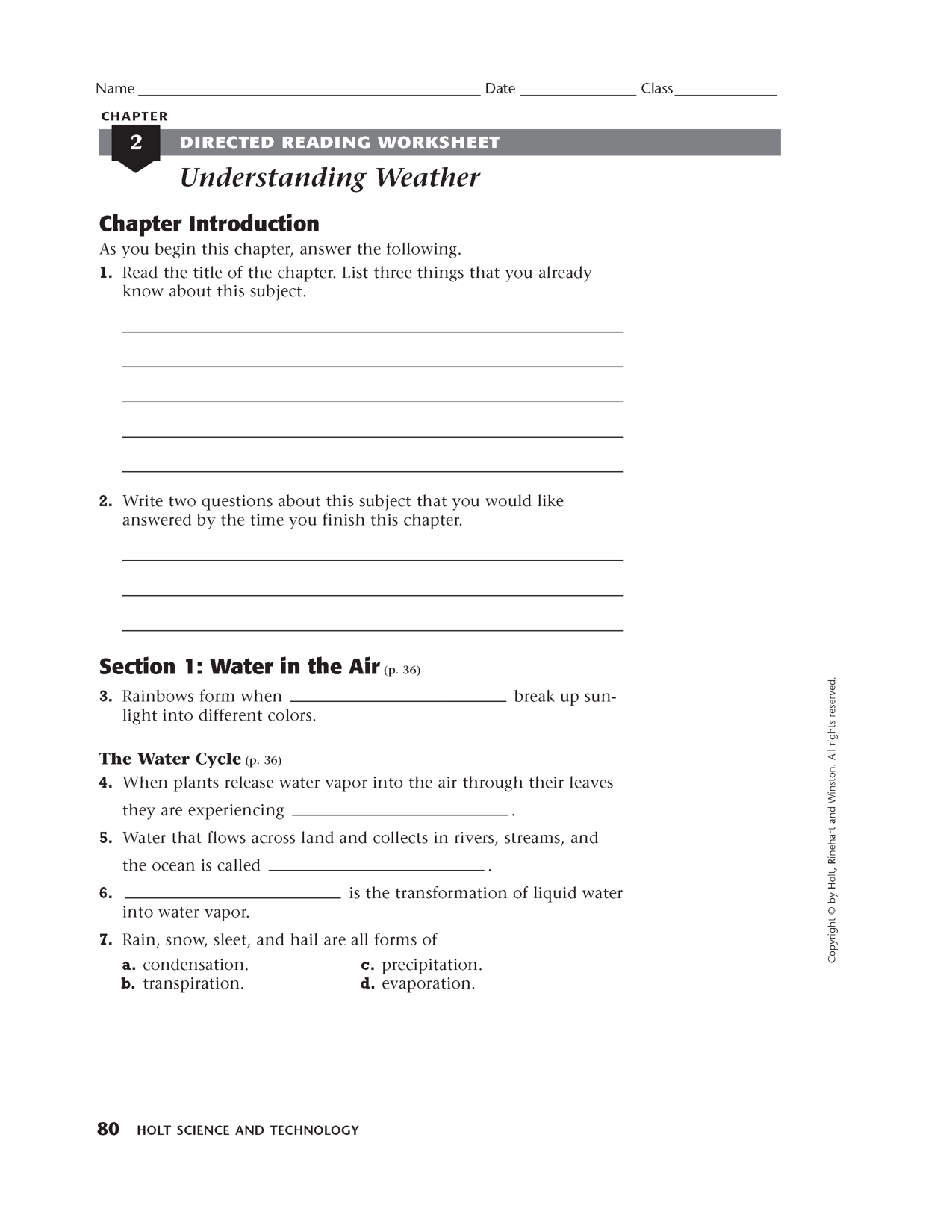




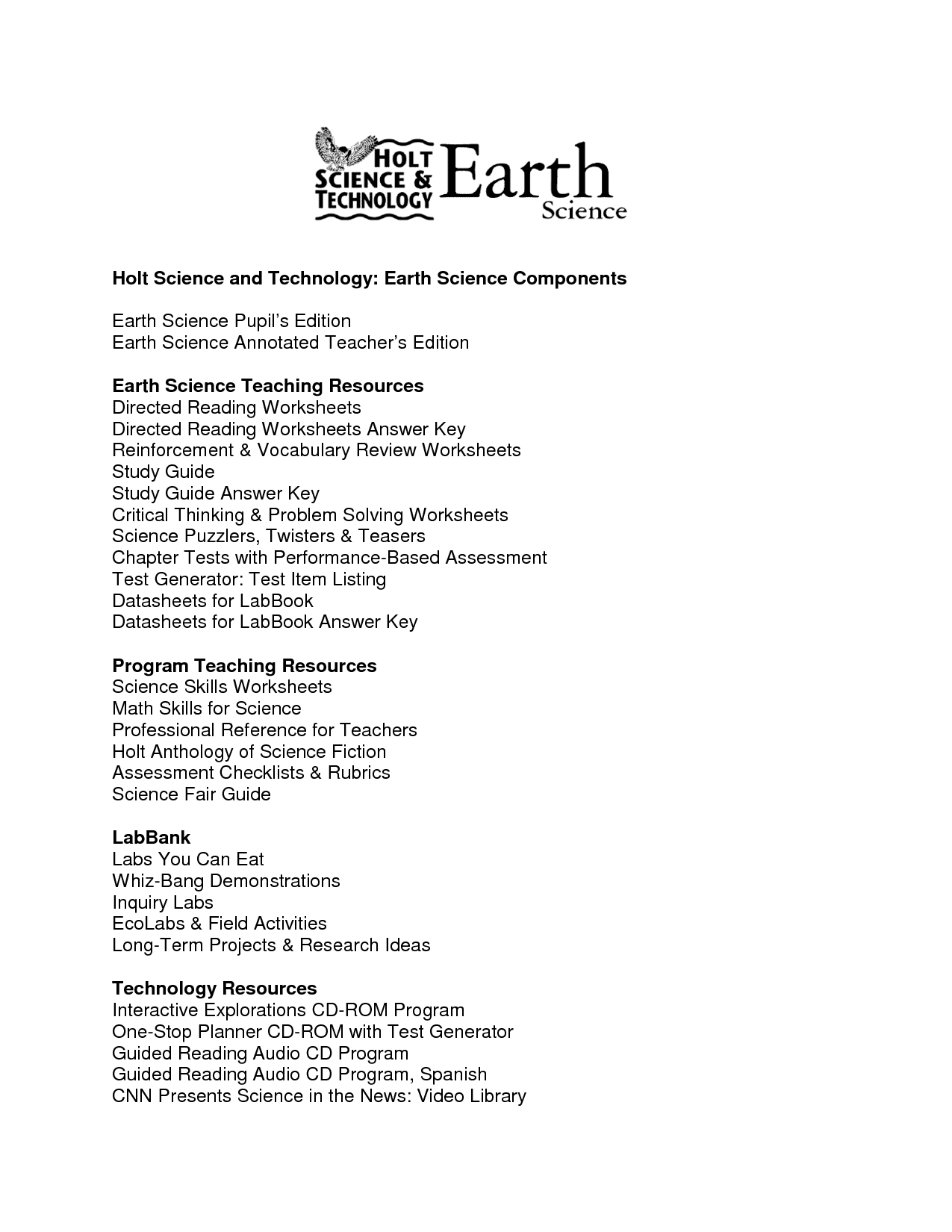
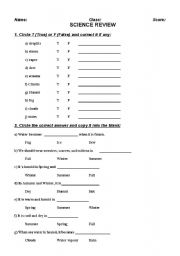

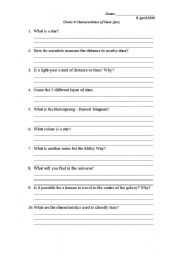
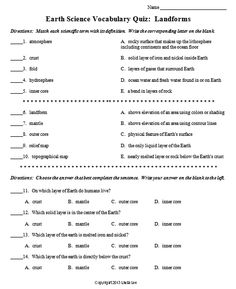
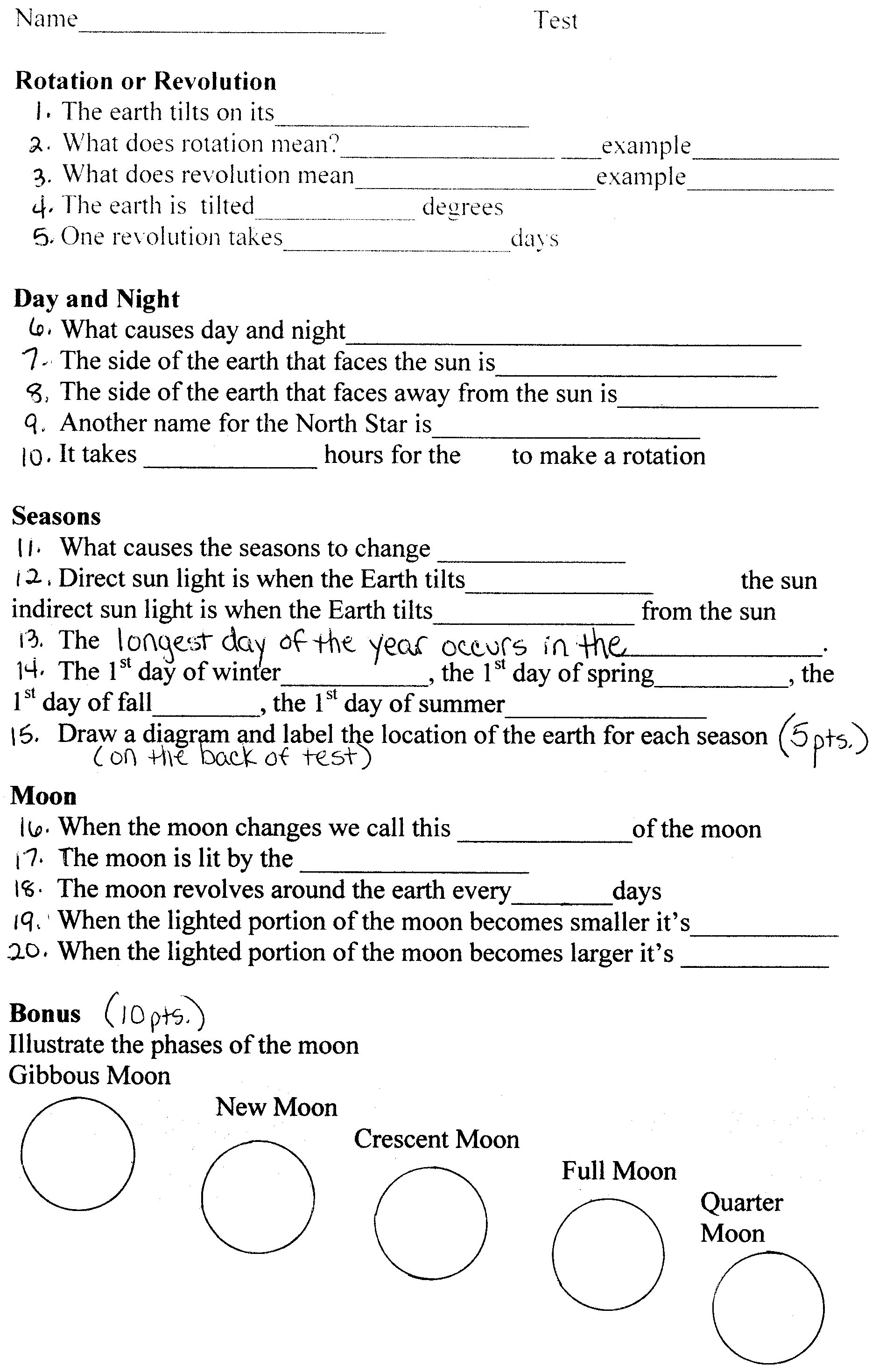














Comments